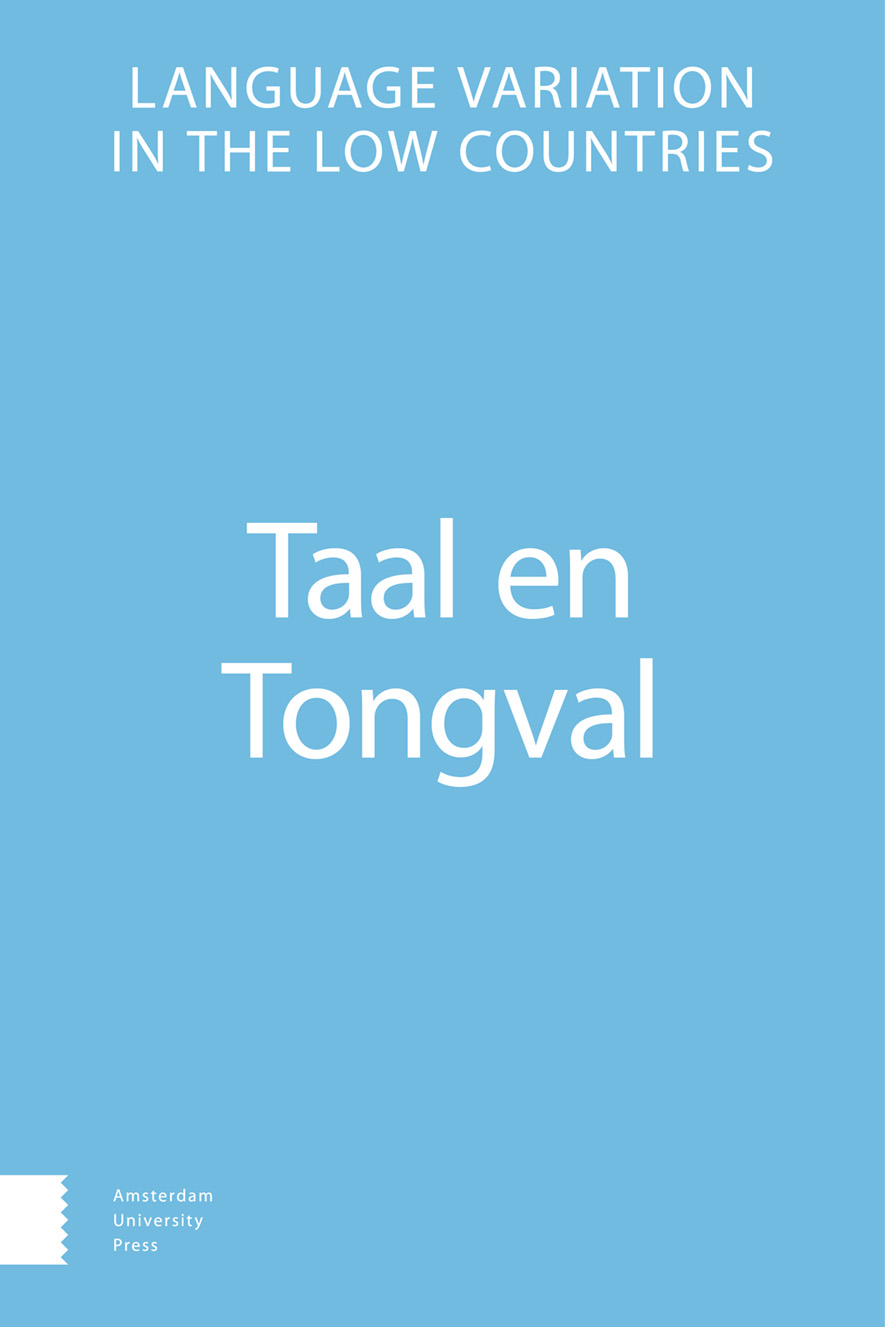-
oa Nominale afleidingen in het Bargoens
- Amsterdam University Press
- Source: Taal en Tongval, Volume 64, Issue 2, Dec 2012, p. 263 - 295
Abstract
This article describes the distribution of the suffixes in nominal derivatives found in Dutch cant or Bargoens. We have examined, suffix by suffix, which parts of speech can function as basic words and to which semantic categories the derived substantives can belong. Thus a Bargoens noun such as buizerd, meaning ‘drinkebroer, zatlap’ (drunkard, alcoholic), is analyzed as the name of an agentive person derived from a verb by means of the suffix –erd. The valence of the suffixes is compared with their potential for combination in Standard Dutch. Our research material comes from well-defined sources, lists of words from the regions where Bargoens was spoken and has been recorded. Dutch cant proves to have a greater potential for making combinations than Standard Dutch, probably as a result of its smaller number of suffixes. Speakers of Bargoens built all the nominal derivatives they needed by means of the few frequently occurring suffixes in their dialects, i.e. the local variants of the colloquial language. They mainly spoke of materially perceptible things and people in their familiar surroundings, and in that everyday language they had no need for most suffixes with which Standard Dutch produces nominal derivatives.


